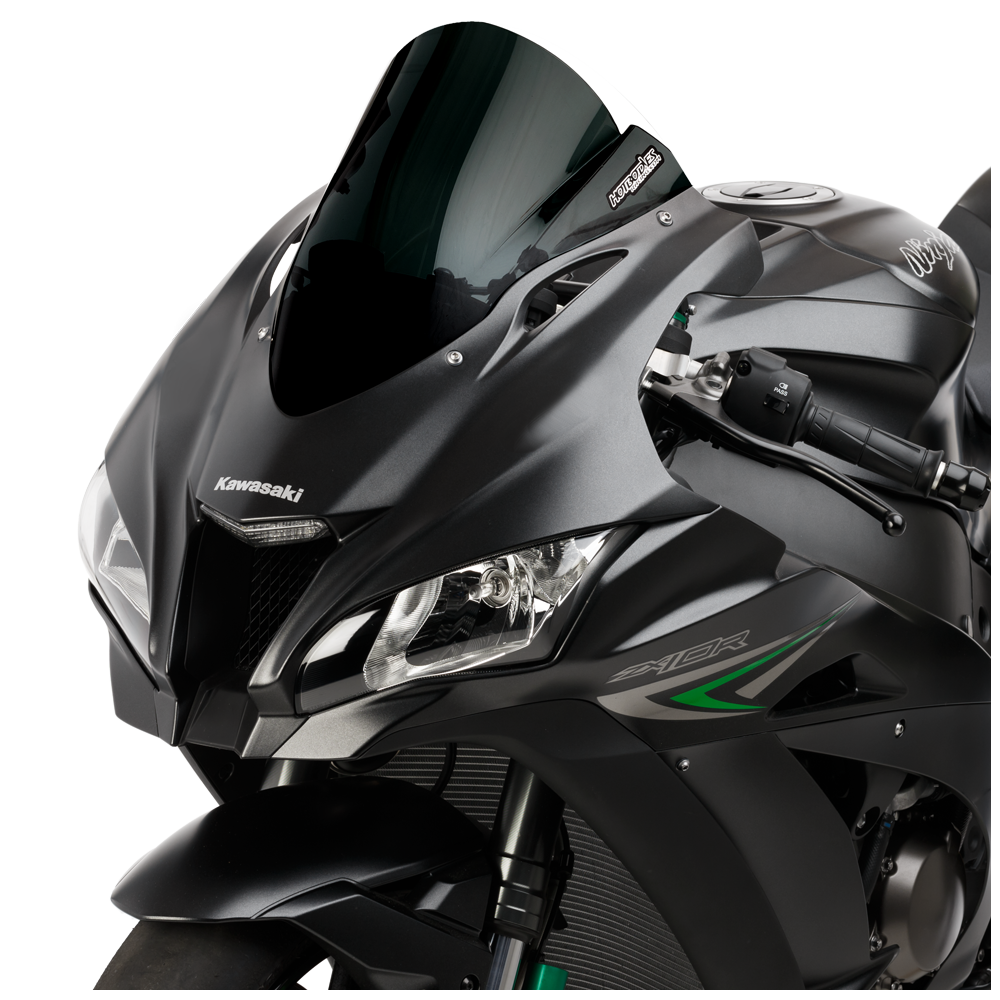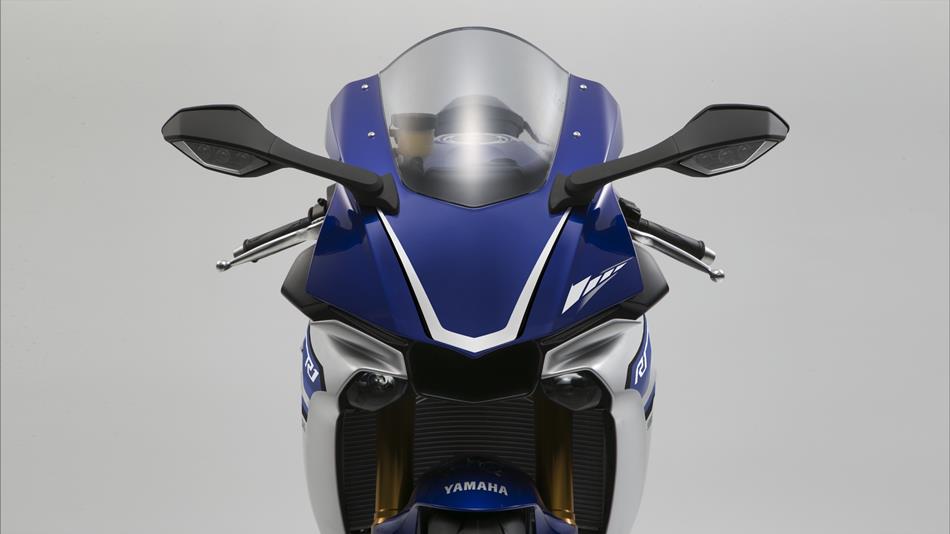Motorcycle Mike
Well-known member
I wonder how people all over Europe tow 'caravans' with itty-bitty 4-bangers, seemingly with no problem? Sure, they have a lot more diesel vehicles than we do, but I doubt all those small diesels have much higher load capacities than their gasoline equivalents, considering they are likely built on the same frames/unibodies.
I think we are overly power obsessed here in N.A.. Nowhere in the world have I seen the monster pickups like we have here, yet stuff still gets moved and trailers still get towed.
I think we are overly power obsessed here in N.A.. Nowhere in the world have I seen the monster pickups like we have here, yet stuff still gets moved and trailers still get towed.






